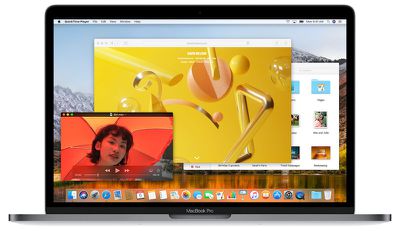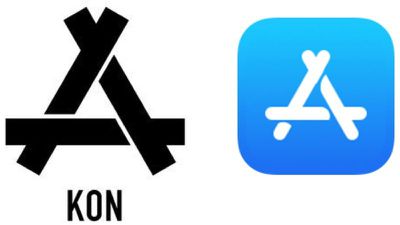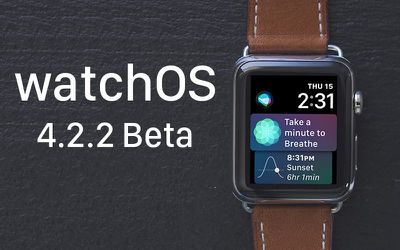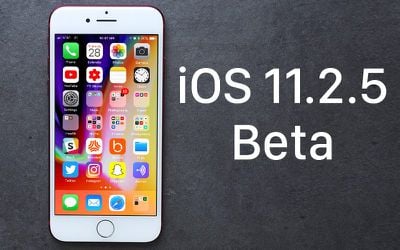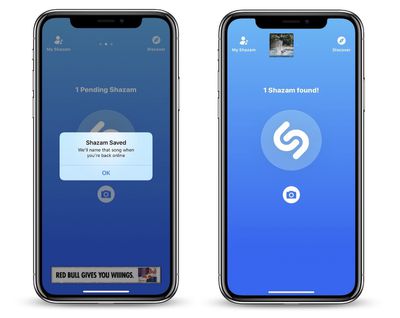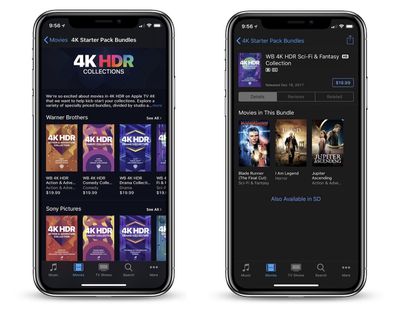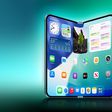Two years after Amazon first removed the fourth-generation Apple TV from its online store, the retailer today has begun selling both the fourth- and fifth-generation Apple TV boxes for customers, although all versions are currently out of stock. Over the last week the devices had received placeholder pages that stated they were "Currently unavailable," but now Amazon customers can add the 32GB Apple TV, 32GB Apple TV 4K, and 64GB Apple TV 4K to their shopping cart.
Unfortunately, each device is temporarily out of stock as of writing. Amazon notes that the Apple TV can still be added to your cart and purchased, and the company will deliver it "when available" and update you via email "as soon as we have more information." If you checkout right now, you won't be charged until the Apple TV ships from Amazon. Prices haven't changed, so the 32GB Apple TV is $149.00, the 32GB Apple TV 4K is $179.00, and the 64GB 4K model is $199.00.

Amazon's original reason behind removing the Apple TV from its website was the product's incompatibility with the Amazon Prime Video streaming service. With Amazon launching its Prime Video app for Apple TV earlier in December, the company is now placing Apple's set-top box back onto its storefront.
The fourth-generation Apple TV launched in 2015 and introduced tvOS, the first App Store on an Apple TV device, the Siri Remote, and eventually supported Apple's TV app for accumulating most of a viewer's video content into one space. The fifth-generation Apple TV 4K launched this past September and includes all of the same features as the previous model with added support for 4K HDR video playback.
Google's Chromecast and Chromecast Ultra devices are also making a return to Amazon alongside Apple TV, but as of writing these devices still have a "Currently unavailable" marker on their Amazon pages. Amazon and Google have been battling over the lack of support that each company has for the other company's products, most recently involving Google's removal of YouTube from Amazon Show and Fire TV devices. Now the companies appear to have made some form of agreement with the return of Chromecast, but Google Home still hasn't appeared on Amazon.


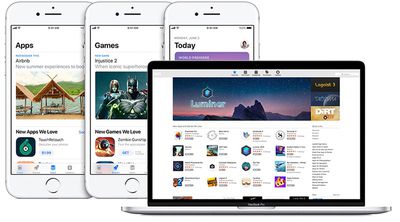
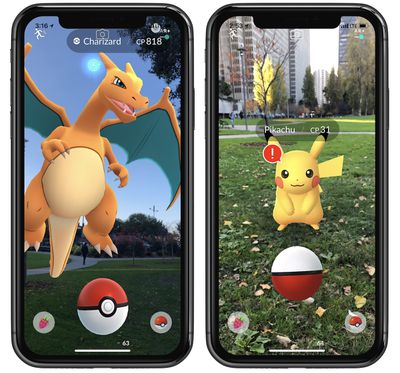
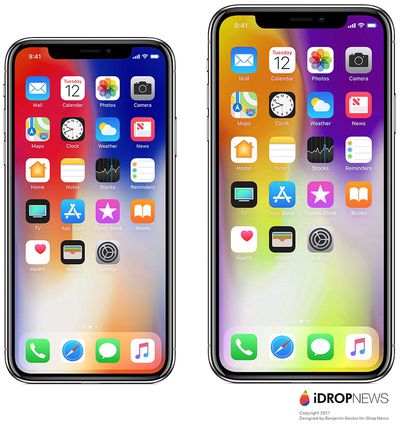
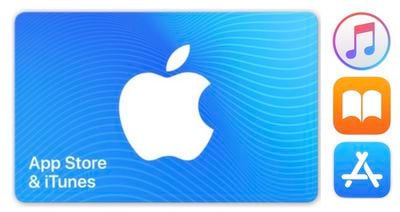 Note: MacRumors is an affiliate partner with Amazon. When you click a link and make a purchase, we may receive a small payment, which helps us keep the site running.
Note: MacRumors is an affiliate partner with Amazon. When you click a link and make a purchase, we may receive a small payment, which helps us keep the site running.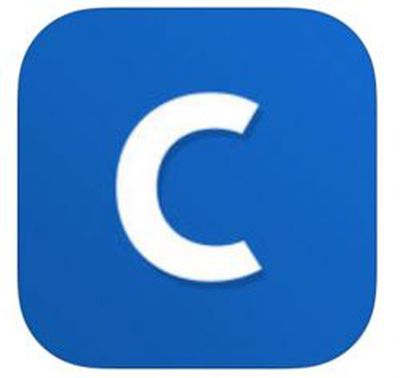 App Store chart topper
App Store chart topper 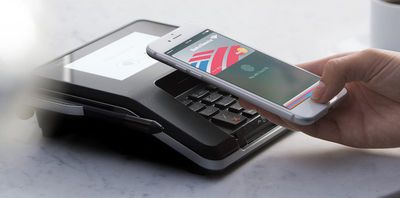

 Hangouts, Google's dedicated messaging app, was today updated with support for the iPhone X. With the update, the Hangouts app is able to take advantage of the full display of the iPhone X, without black bars at the top and the bottom.
Hangouts, Google's dedicated messaging app, was today updated with support for the iPhone X. With the update, the Hangouts app is able to take advantage of the full display of the iPhone X, without black bars at the top and the bottom.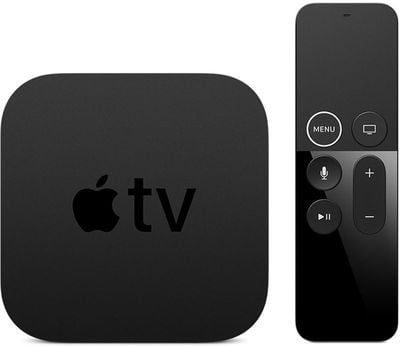
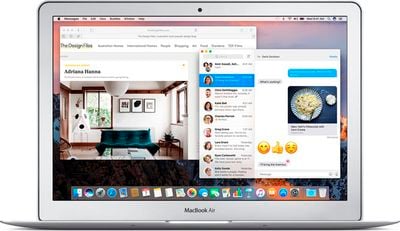 Note: MacRumors is an affiliate partner with these vendors. When you click a link and make a purchase, we may receive a small payment, which helps us keep the site running.
Note: MacRumors is an affiliate partner with these vendors. When you click a link and make a purchase, we may receive a small payment, which helps us keep the site running.